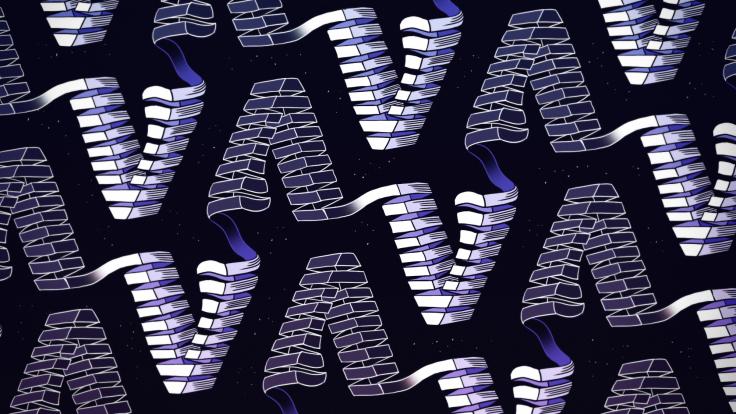CERN announced this morning that the Large Hadron Collider has broken its own world record for proton beam energy. At just after 5:20 a.m. Central European Time, beams circulated in both directions in the LHC at an energy of 3.5 trillion electron volts (TeV). This energy breaks the LHC's previous record of 1.18 TeV established on November 30, 2009.
The acceleration of beams to 3.5 TeV is the last major milestone on the way to the ultimate goal for 2010: collisions of protons at 7 TeV (3.5 TeV per beam) in the center of the LHC experiments. The first 7 TeV collisions will mark the beginning of the LHC's research program. The date for the first attempt at 7 TeV collisions will be announced by CERN in the next few weeks.
Following the first 7 TeV collisions, the LHC will run continuously for a period of 18 to 24 months, with only a short maintenance shutdown at the end of 2010. By the end LHC's first long physics run, the LHC experiments will have collected enough collision data to make advances in a number of research areas, including the hunts for the Higgs boson and dark matter particles. In late 2011 a shutdown of approximately one year will begin, which will be used to fix problems with connections between LHC magnets that prevent the accelerator from running at its design energy of 7 TeV, as well as to carry out regular maintenance and repairs.
Visit the US LHC Web site to learn about the contributions by scientists from four Department of Energy national laboratories and one American university to the construction of and continuing R&D for the LHC accelerator.






